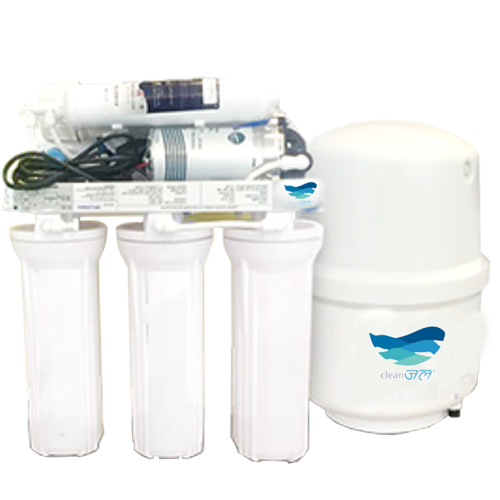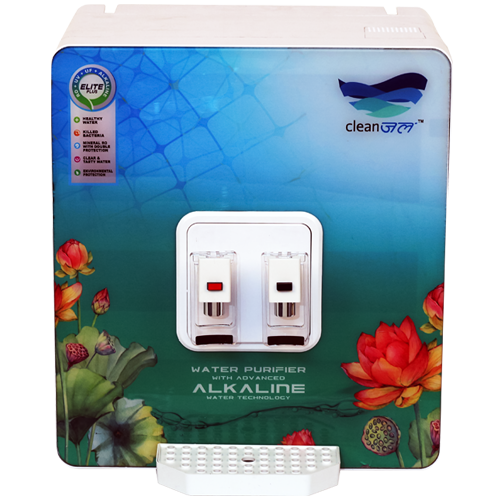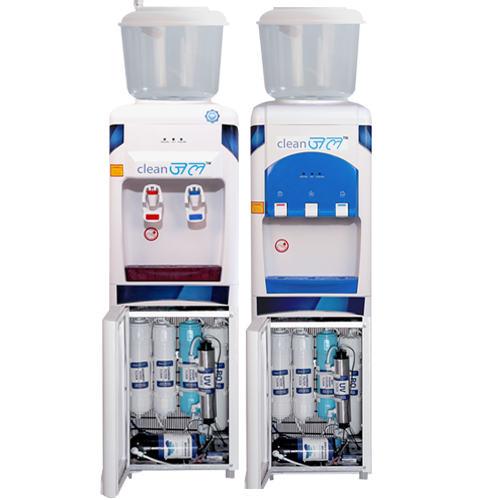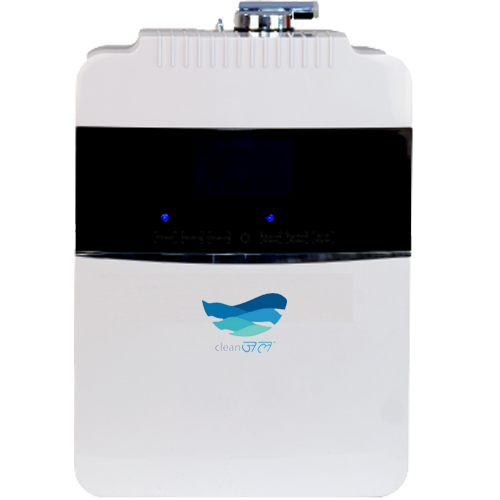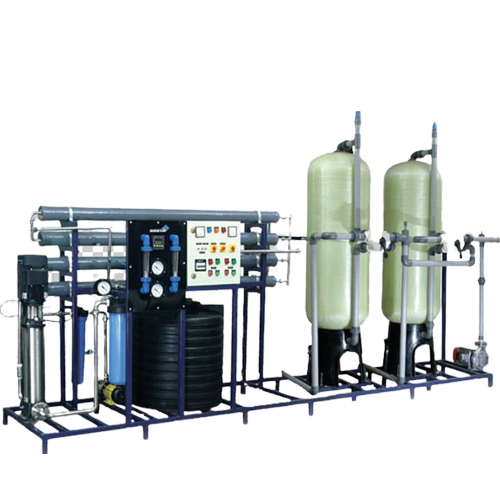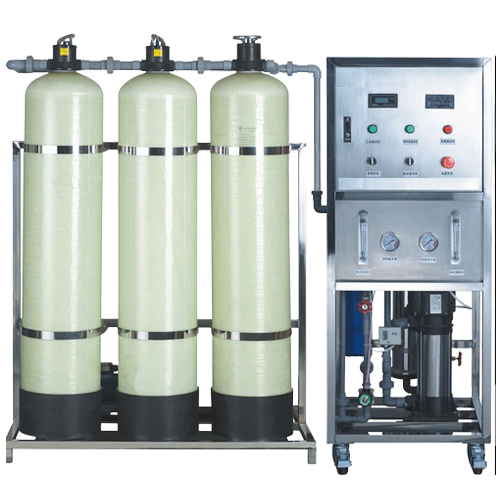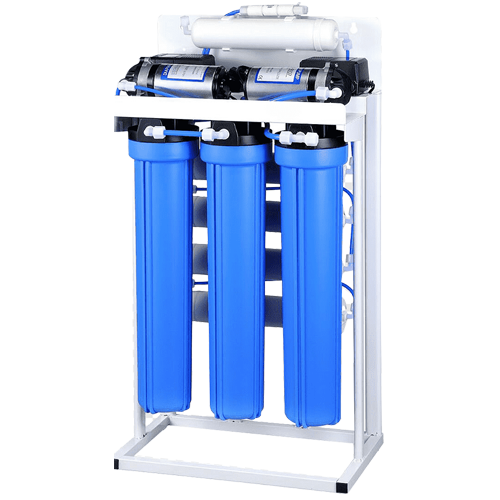Water scarcity is a major issue in India, with many parts of the country experiencing acute water shortages during certain months of the year.
To address this problem, the Indian government and private organizations have been investing in the latest water technologies that can help conserve and manage water resources effectively. Here are some of the latest water technologies in India.
Latest Water Technology in India
Smart Water Meters: Smart water meters are being installed in many parts of India to monitor water usage in households and commercial buildings. These meters can detect leaks and notify users of their water usage in real time, helping them save water and reduce their bills.
Rainwater Harvesting: Rainwater harvesting is a technique that has been used in India for centuries. In recent years, the government has encouraged the installation of rainwater harvesting systems in homes and commercial buildings to conserve water. This technology helps to collect and store rainwater for later use, reducing dependence on groundwater and municipal water supplies.
Water ATMs: Water ATMs are self-service kiosks that provide purified water to the public. These machines are being installed in public places such as railway stations, bus stops, and markets to provide access to clean drinking water to people at affordable prices. Many private organizations are also setting up water ATMs in rural areas where access to clean drinking water is limited.


Desalination: Desalination is a process that removes salt and other minerals from seawater to make it drinkable. The Indian government has launched several desalination projects along the coast to provide drinking water to people in coastal areas. These projects are also helping to address the issue of water scarcity in drought-prone regions.
Wastewater Treatment: Wastewater treatment plants are being set up in many cities to treat sewage and other wastewater for reuse. This technology helps to reduce the amount of water wasted and also prevents pollution of water bodies.
More about Latest Water Technology in India
Water technology is rapidly advancing in India to address the country’s pressing water issues. From improving access to safe drinking water to conserving water resources, Indian innovators are leveraging technology to develop sustainable solutions.
In this article, we will explore the latest water technology in India and its impact on the country.


One of the biggest challenges India faces is the availability of clean drinking water. According to the World Health Organization, over 163 million people in India lack access to clean water.
To address this issue, researchers at the Indian Institute of Technology (IIT) Bombay have developed a low-cost water purification system. The system, called the “NanoDaksh,” uses nanotechnology to remove contaminants from water.
Water conservation is another area where technology is making a significant impact in India. The Indian Institute of Technology (IIT) Madras has developed a low-cost water conservation system called “EcoTrapIn.”
The system collects and recycles greywater, which is water that has already been used for bathing, washing, and cleaning. The system can save up to 90% of water used for non-drinking purposes. The system is ideal for use in apartment complexes and other large buildings where water consumption is high.
In addition to these technologies, there are also initiatives to promote water conservation and awareness among the general public. The “Jal Hi Jeevan Hai” campaign is one such initiative. The campaign aims to raise awareness about water conservation and encourage people to take steps to conserve water. The campaign has been launched in several states and has been successful in raising awareness about the importance of water conservation.
Conclusion
In conclusion, the latest water technologies in India are helping to conserve and manage water resources effectively. These technologies are not only helping to address the issue of water scarcity but also promoting sustainable development in the country. With continued investment in these technologies, India can become a water-secure nation and a global leader in water management.





